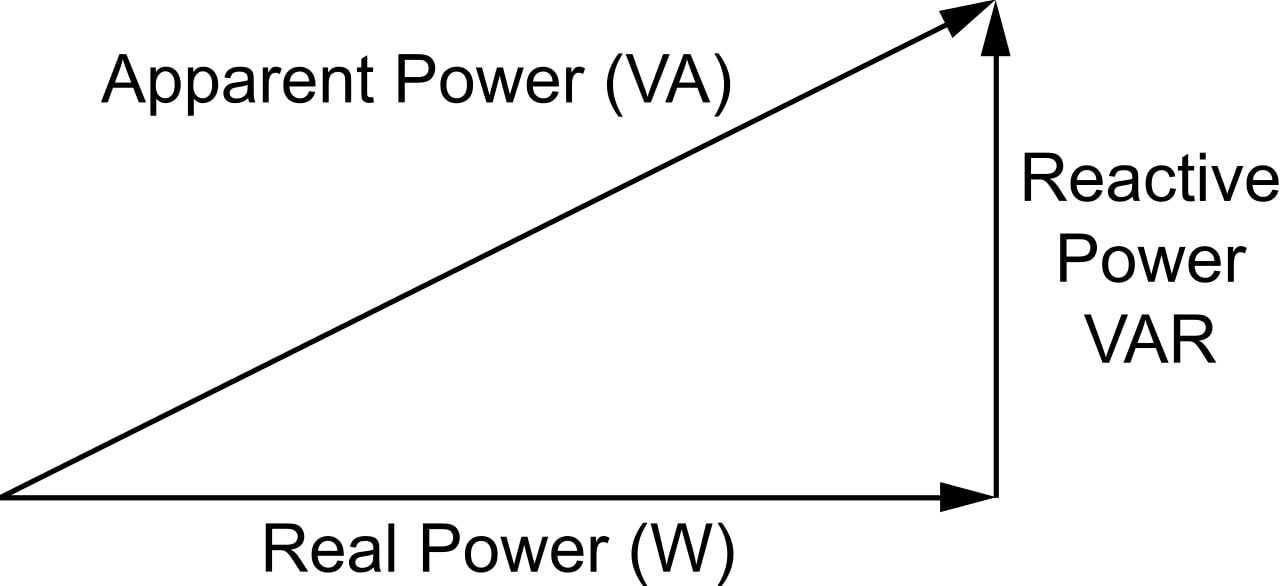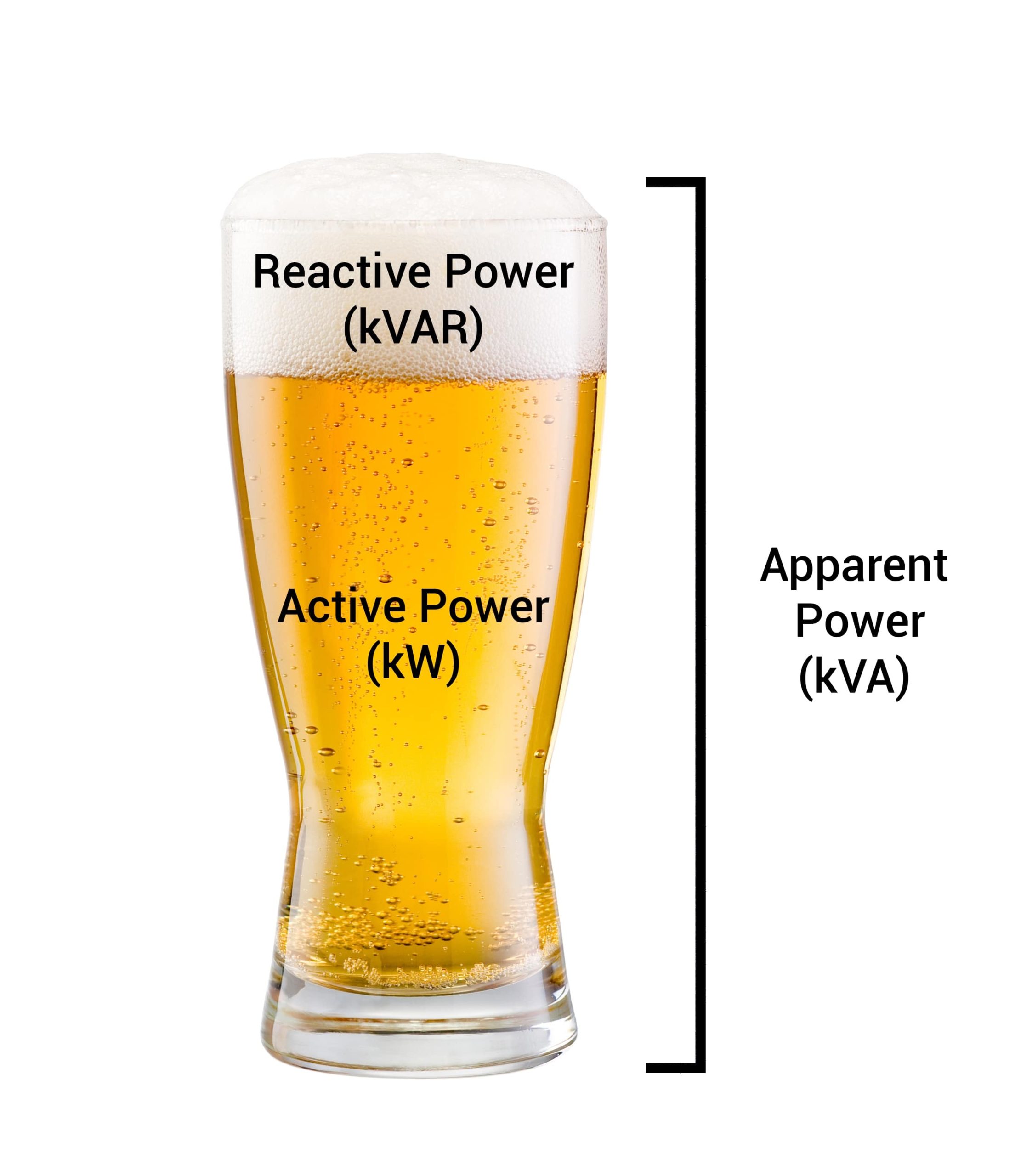Based on recent feedback from a specialist power quality improvement service business, the issue of high reactive power and poor power factor is becoming increasingly common in the UK today, an issue which apparently used to be considered much more widely by electrical engineers and facility managers.
While many business owners and finance directors appear to put great effort into saving a few percent on their energy bills through negotiating better energy prices, many remain oblivious to the fact that as much half of the electricity being consumed by their business could be literally going to waste.
Julian Grant from Chauvin-Arnoux UK, explains what reactive power is, and discusses how it is causing many businesses to be seriously falling short of what is required to be electrically efficient. An issue, that could be alleviated with some simple monitoring and correction equipment, significantly cutting energy bills.
Apart from high energy bills, high reactive power also impacts on the reliability of the network itself, it impacts on the capacity to add new loads when a business expands, and can cause a variety of electrical issues that may result in the early failure of capital equipment. This equipment often gets replaced at great expense without the root cause ever being observed or identified.
Saving money by using a cheaper supplier and employing an energy comparison consultant to get the best deal is an obvious thing to do, and easy to justify. However, high reactive power levels indicated by poor power factor, is now such an issue that the businesses installing power factor correction, and saving their customers thousands of pounds on their electricity bills by doing so, are literally inundated with work.




